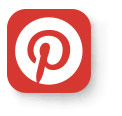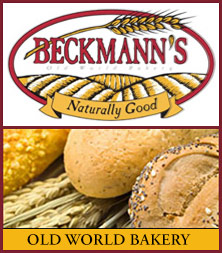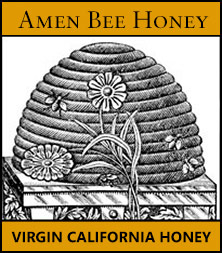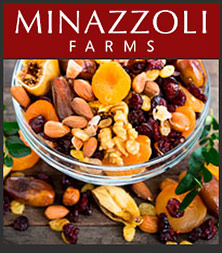Bright, tart, and bursting with juicy flavor, pomegranates are one of autumn’s most striking fruits. Their glossy, ruby-red arils add sparkle to both sweet and savory dishes — and they’re now in season from Rancho Padre Farm and Minazzoli Farms, available at the Aptos and Monterey Farmers Markets.
A Fruit with Ancient Roots
The name pomegranate comes from the Latin pomum (“apple”) and granatus (“seeded”). Cultivated since ancient times, this remarkable fruit is native to the region stretching from Iran to northern India. Over centuries, it spread across the Mediterranean and Asia, celebrated for its beauty and symbolism of abundance and renewal. Spanish sailors brought pomegranates to the Americas in the 18th century, and today California’s warm valleys produce some of the finest fruit in the world.
Inside the Pomegranate
Beneath its tough, leathery rind lies a treasure trove of jewel-like seeds called arils, each one a burst of sweet-tart juice surrounding a crisp, edible seed. Their flavor and texture make them ideal for sprinkling over salads, yogurt, roasted vegetables, or even a simple bowl of oatmeal.
Heart-Healthy Goodness
Freshly pressed pomegranate juice from Rancho Padre Farm has become a seasonal favorite at the market. Long prized in Middle Eastern cuisine, pomegranates are now recognized for their abundance of antioxidants and potential heart health benefits.
Research suggests that enjoying about 8 ounces of pomegranate juice daily for several months may:
- Help lower LDL (“bad”) cholesterol
- Improve blood flow in people with coronary artery disease
- Reduce arterial thickening
- Decrease systolic blood pressure
Beyond these benefits, pomegranates are also rich in fiber, vitamin C, and potassium — a nutrient-dense addition to your fall table.
Selecting and Storing
- Choose fruits that feel heavy for their size; they’ll be juicier.
- Look for smooth, taut skin with a bit of softness — avoid brittle or shriveled fruit.
- Whole pomegranates keep for up to 3 weeks at room temperature or 2–3 months refrigerated.
- Seeds and juice can be frozen up to 6 months.
How to Remove the Seeds (Without the Mess)
- Slice off the top and bottom.
- Score the skin from top to bottom, as if sectioning an orange.
- Submerge the fruit in a bowl of cold water and gently break it apart.
- Loosen the arils with your fingers — they’ll sink while the pith floats.
- Skim off and discard the pith, then drain and enjoy your ruby treasure.
Visit Rancho Padre Farm or Minazzoli Farms at the Aptos and Monterey Farmers Markets this month for freshly harvested pomegranates and pure pomegranate juice — a delicious way to celebrate the season’s bounty.
TRY THESE RECIPES: How to Seed a Pomegranate, Pan Toasted Brie with Pomegranate Raspberry Sauce, Turkey Cutlets with Roasted Fennel and Pomegranate Glaze, Dried Cranberries and Walnuts Spinach Salad with Pomegranate Vinaigrette, Guacamole Chamacuero, How to Make Pomegranate Molasses, Pomegranate Salsa, Spinach Salad with Persimmon and Pomegranate Seeds, Chicken Pomegranate, Rack of Lamb Marinated in Pomegranate Juice, Persian Lamb, Garbanzo Salad with Pomegranate Seed



























